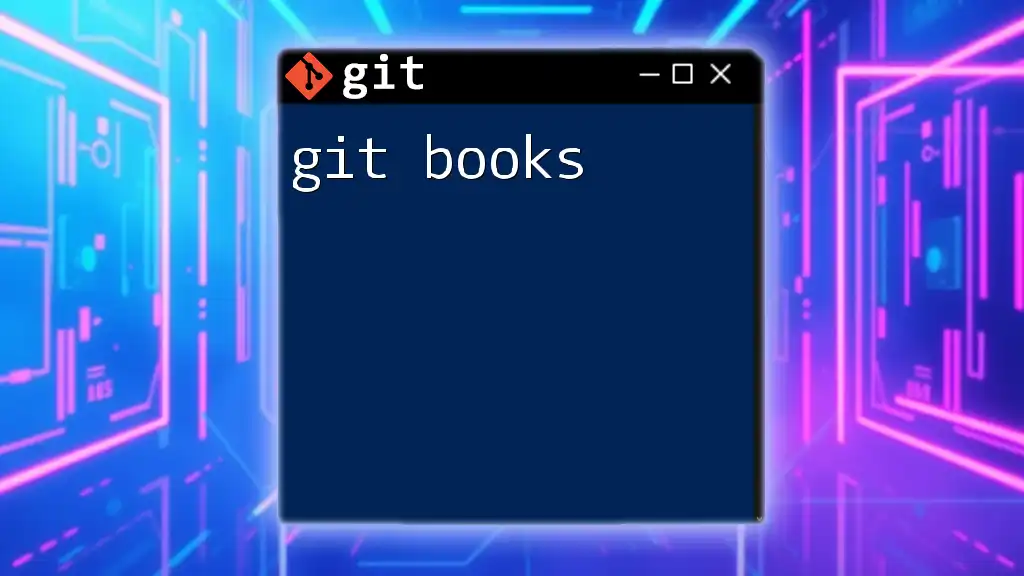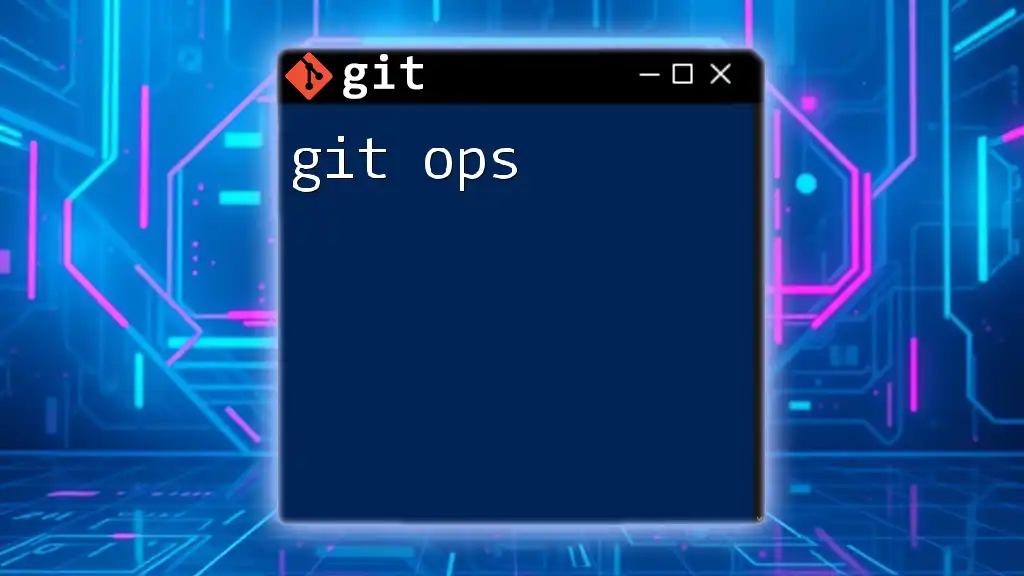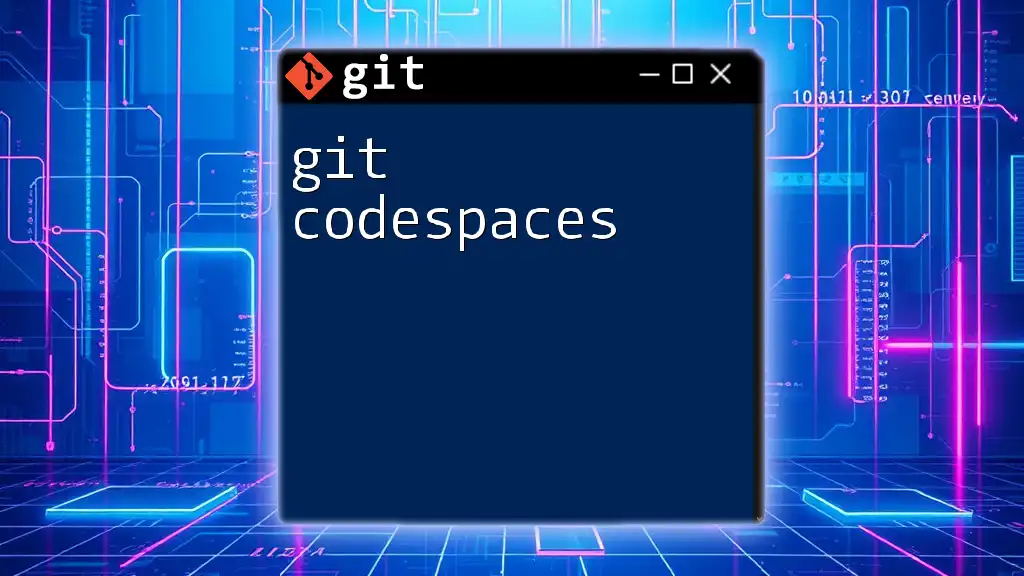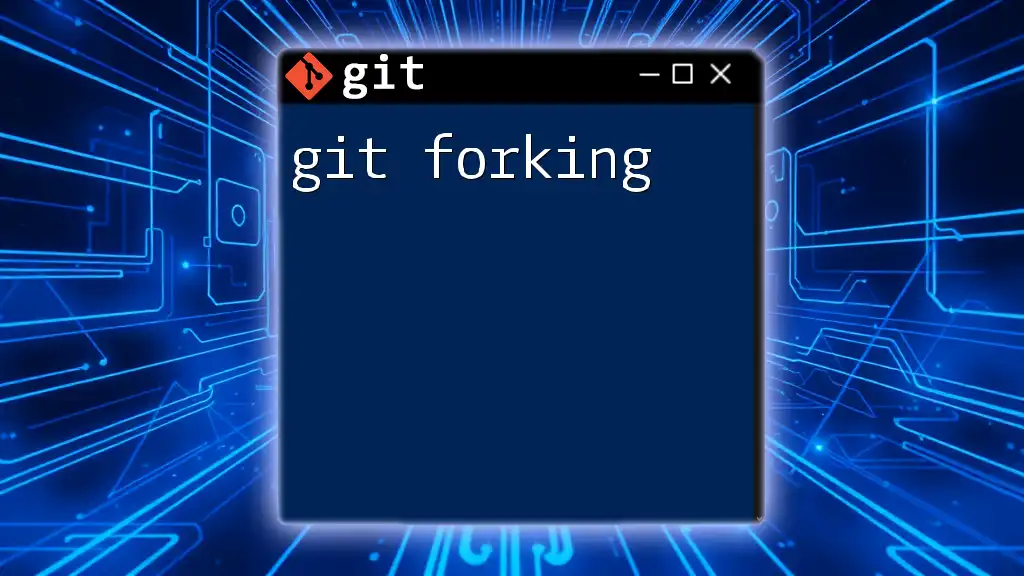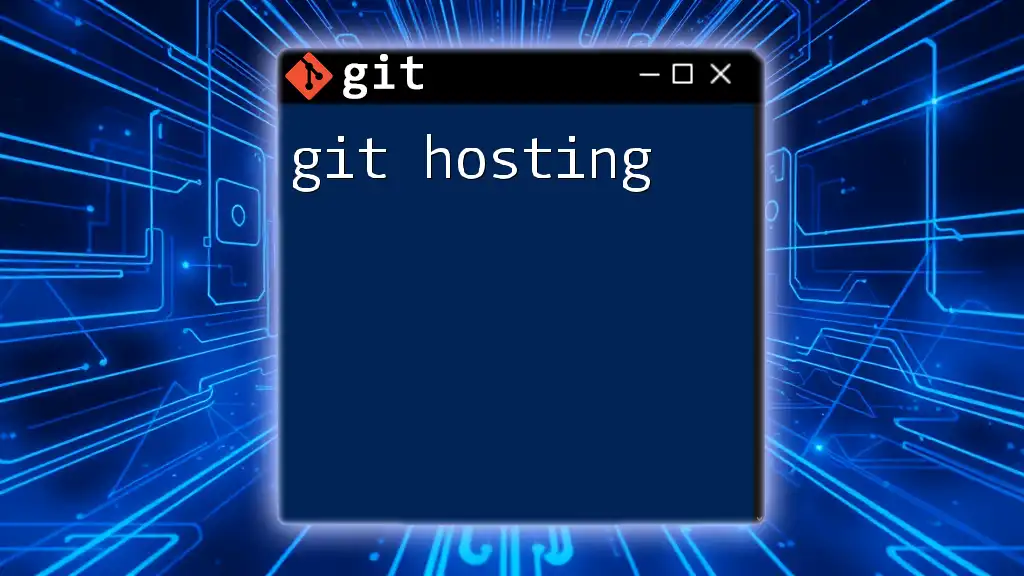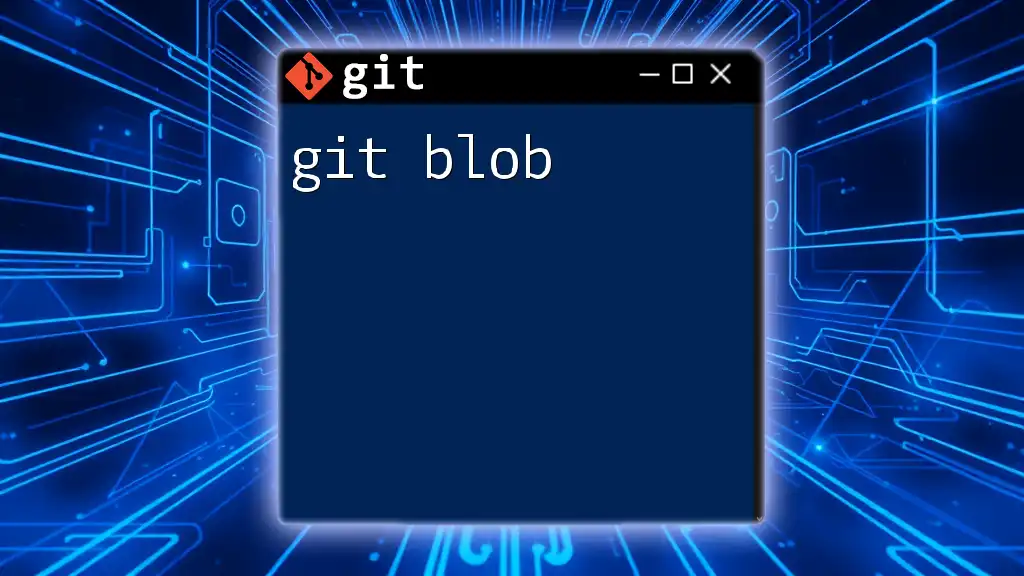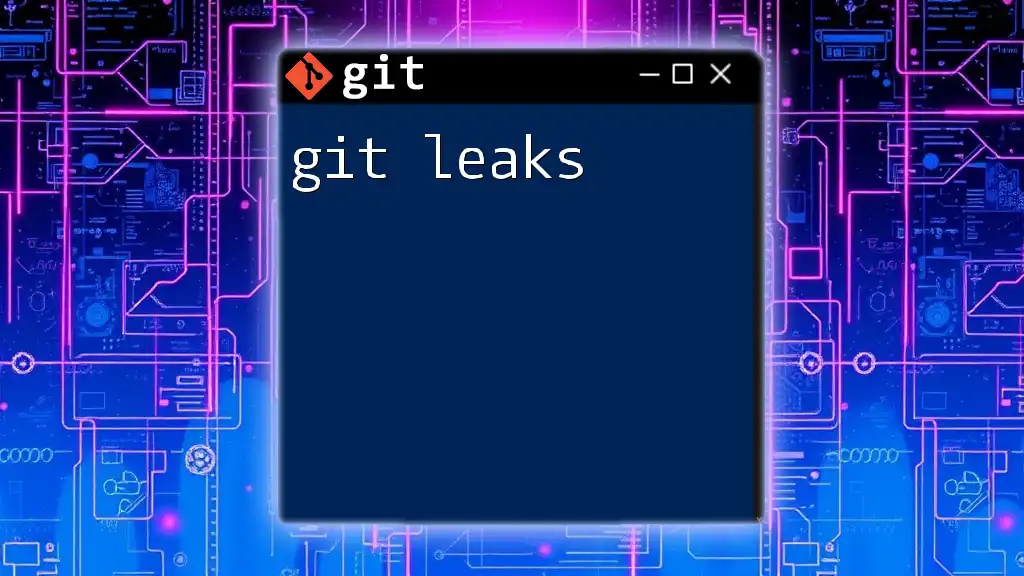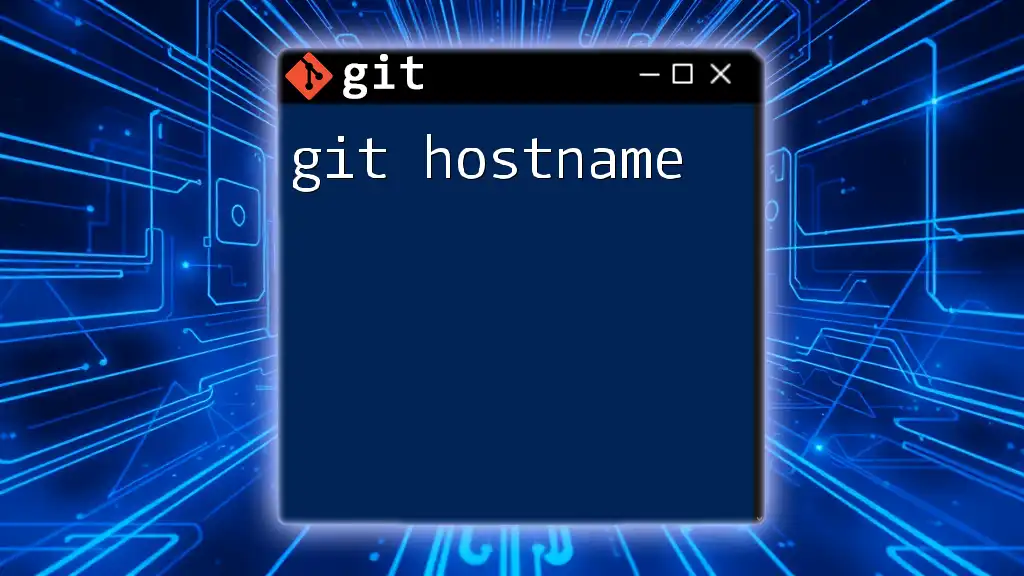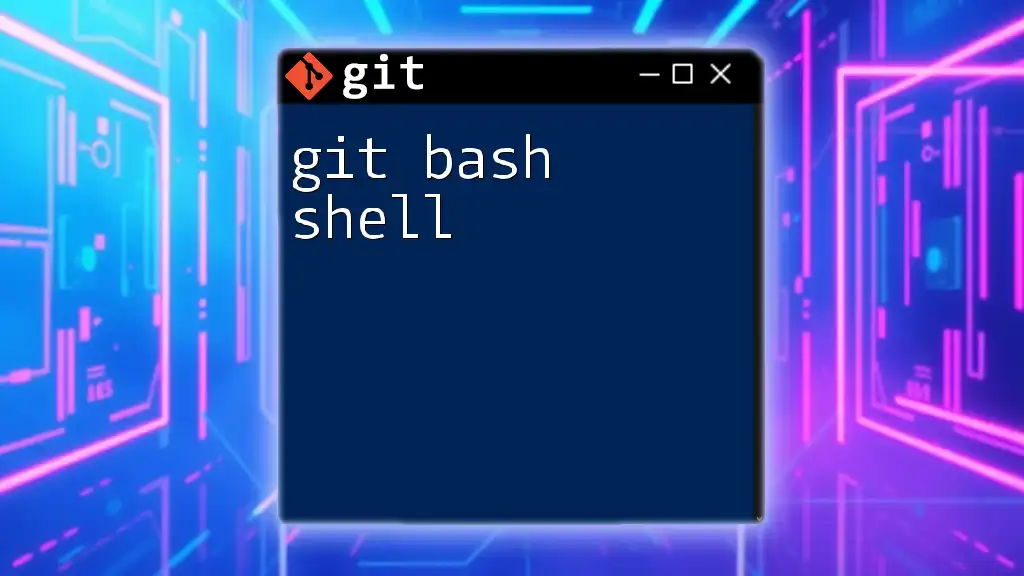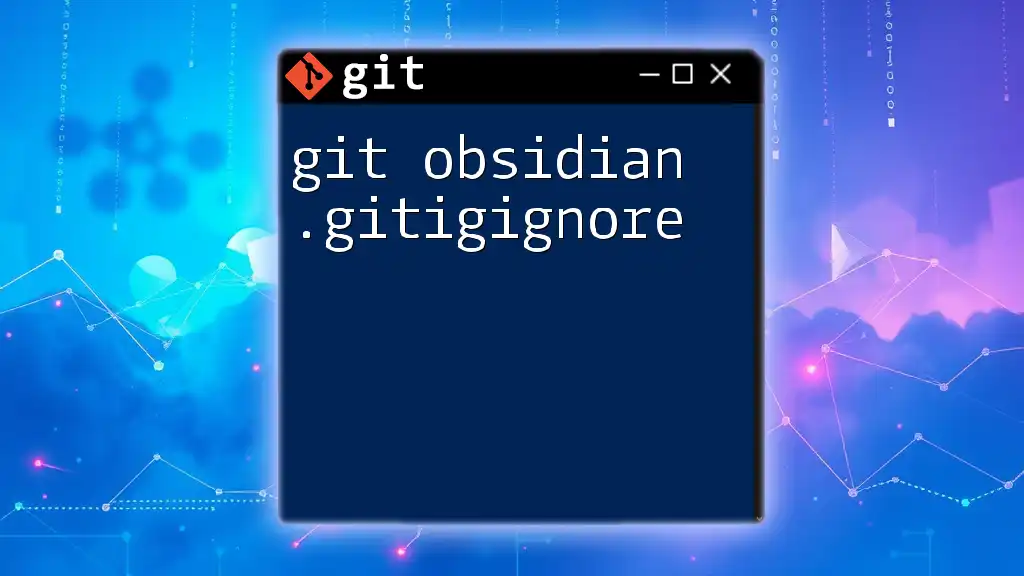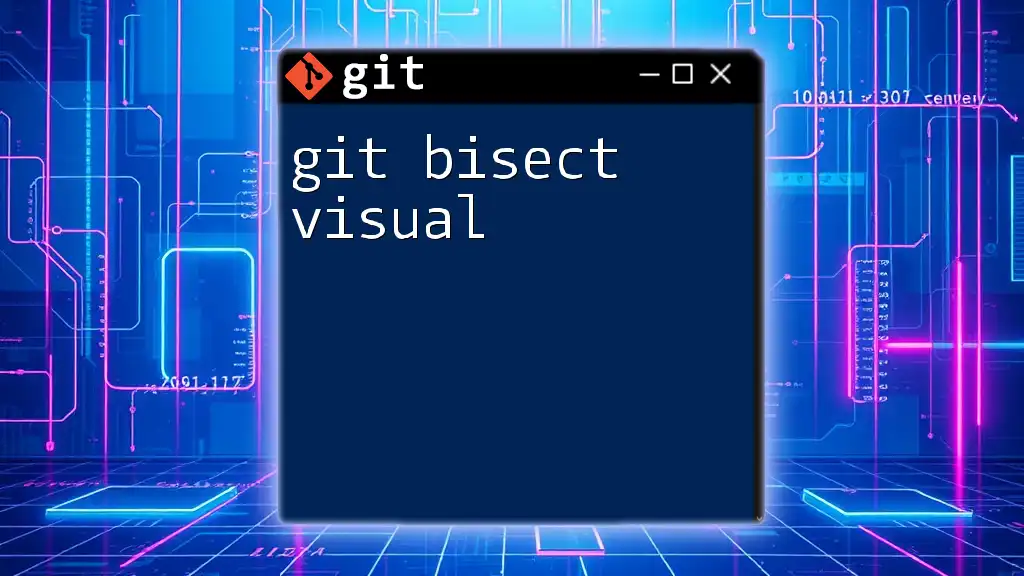Git books offer valuable insights into version control, guiding users through essential commands and best practices to enhance their coding workflow.
git clone https://github.com/user/repository.git
What are Git Books?
Git books are instructional literature designed to help individuals learn and master Git—a powerful version control system widely adopted in the software development industry. These books cater to a range of skill levels, from absolute beginners to seasoned developers, and provide deep insights into both fundamental and advanced Git concepts. Learning Git through books offers a structured approach, allowing readers to absorb information at their own pace, enabling a more thorough understanding of version control principles.
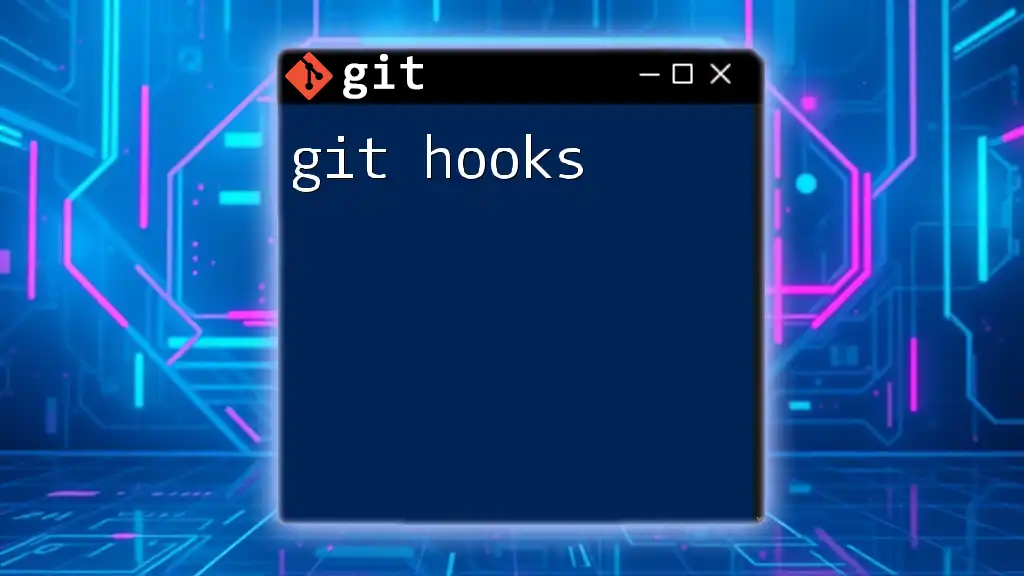
Why Git?
Git’s popularity in the software development world is undeniable. As a distributed version control system, Git allows multiple developers to collaborate on projects seamlessly, making it easier to track changes, revert to previous states, and maintain code integrity. Understanding Git is essential for anyone keen to participate effectively in the software development life cycle.
The benefits of mastering Git extend beyond just collaboration; they also encompass enhanced project management capabilities. Developers can create branches for new features without disturbing the main codebase, test changes confidently, and integrate them smoothly back into the main project once verified.
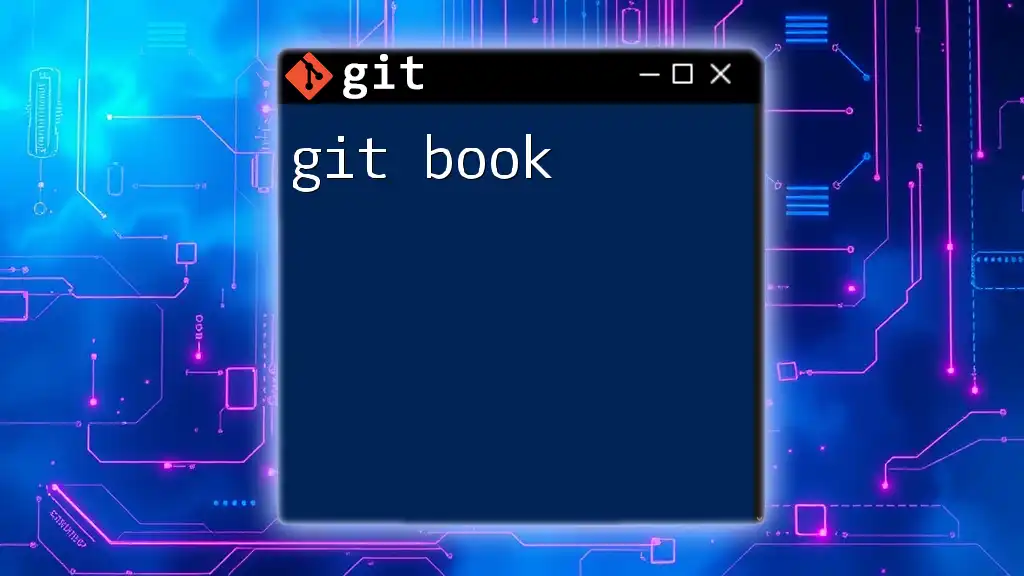
Types of Git Books
Beginner-Friendly Books
Beginner-friendly Git books are tailored for those who have little to no prior experience with Git. They typically cover fundamental commands and concepts in an accessible manner, often accompanied by practical examples.
Recommended Titles:
- Pro Git by Scott Chacon and Ben Straub This book is a comprehensive guide that covers everything from the basic concepts of version control to advanced techniques in Git. It’s well-structured and includes practical examples throughout. A significant advantage is that it is available for free online, making it widely accessible.
Intermediate-Level Books
Intermediate-level Git books cater to readers who have a basic understanding of Git but want to deepen their knowledge or tackle more complex scenarios. They often cover topics such as branching strategies, remote repository management, and collaborative workflows.
Recommended Titles:
- Git Pocket Guide by Richard E. Silverman This book is packed with practical advice and quick commands that are crucial for everyday use. The straightforward language and rich examples make it an excellent choice for intermediate learners seeking to simplify their daily Git tasks.
Advanced Git Books
Advanced Git books delve into intricate Git functionalities, focusing on best practices for large-scale projects or complex development workflows.
Recommended Titles:
- Version Control with Git by Jon Loeliger and Matthew McCullough This book is perfect for advanced developers. It offers deep dives into advanced topics such as branching, merging, rebasing, and workflows that maximize productivity. The detailed explanations and strong focus on real-world application strategies contribute to mastering Git at an advanced level.
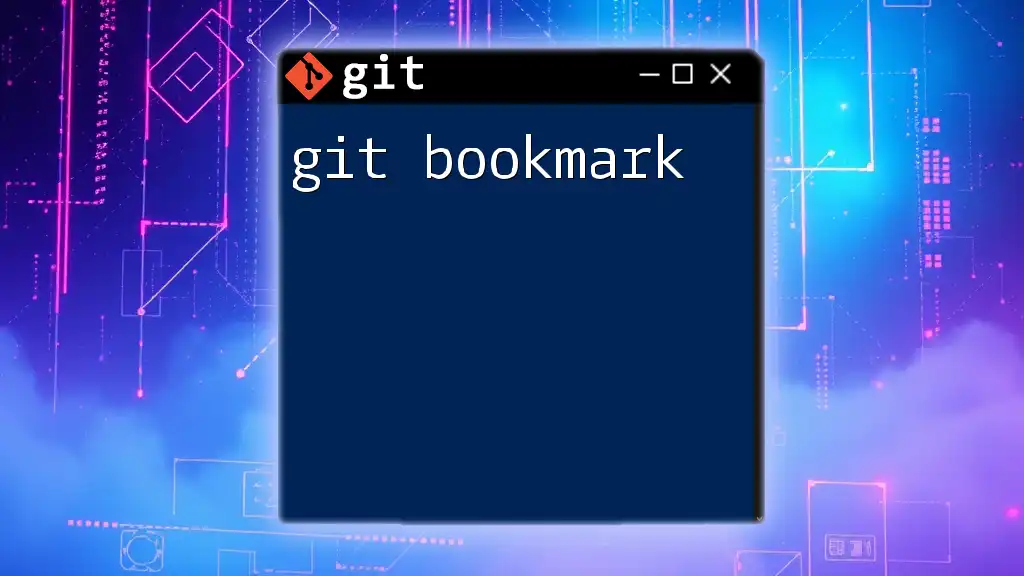
Key Topics Covered in Git Books
Understanding Git Fundamentals
Git fundamentals are the backbone of any Git book. Understanding critical concepts such as repositories, commits, and branches sets the foundation for successful Git usage.
To initialize a new Git repository, for example, you would use:
git init
This command creates a new directory called `.git`, allowing you to start tracking project changes.
Branch Management
Branch management is crucial for effective collaboration and modular development. Branches enable developers to work on different features simultaneously without interfering with others' work.
To create and switch to a new branch, you can utilize:
git checkout -b new-feature
This command creates a new branch named “new-feature” and checks it out, allowing you to start making changes in isolation.
Merging and Resolving Conflicts
Merging allows different branches to be combined back into the main line of development. However, merge conflicts can occur when changes in separate branches contradict each other.
To merge a branch back into your main (or ‘master’) branch, you would use:
git merge feature-branch
If conflicts arise, Git will prompt you to resolve them manually. It’s essential to read the conflict markers and edit the affected files, and then use:
git add resolved-file
git commit
to finalize the merge.
Remote Repositories
Understanding the differences between remote and local repositories is integral to effective version control. Remote repositories facilitate collaboration by providing a centralized location for team members to access the latest changes.
To clone a remote repository, you can use:
git clone https://github.com/user/repo.git
This command downloads a copy of the repository to your local machine, allowing you to contribute to the project.
Moreover, commands like `git fetch` and `git push` help you synchronize local changes with the remote repository—an essential skill in collaborative environments.
Advanced Git Techniques
Rebasing
Rebasing is a powerful technique used for reapplying commits on top of another base branch. It simplifies your project history by eliminating unnecessary merge commits.
To execute a basic rebase, you can run:
git rebase master
This command moves your current branch's commits to the tip of the master branch, which can result in a cleaner project history.
Cherry-picking
Cherry-picking involves selecting specific commits from one branch and applying them to another. This can be particularly helpful in emergency bug fixes.
The command is simple:
git cherry-pick [commit-hash]
Replace `[commit-hash]` with the hash of the commit you want to cherry-pick.
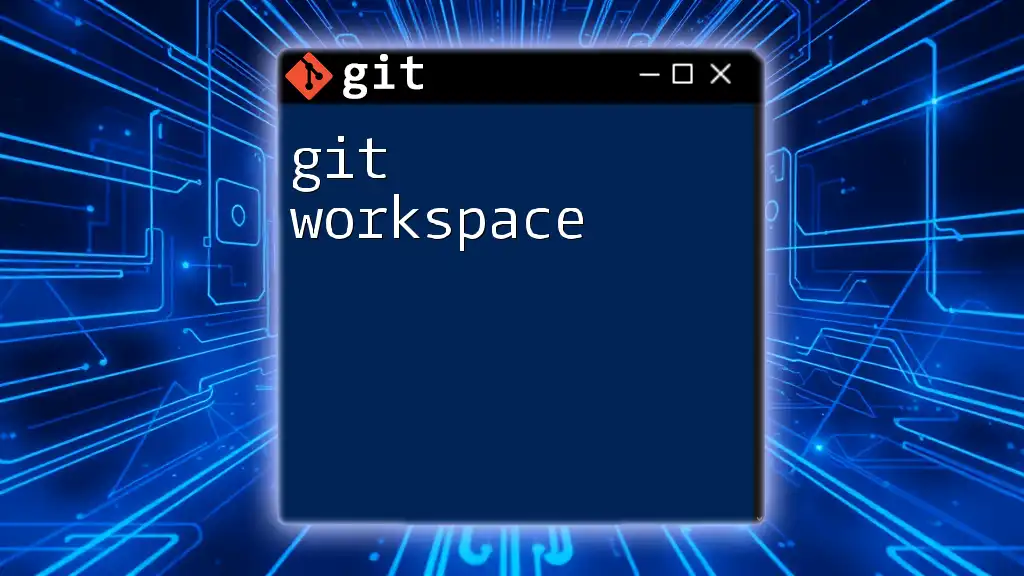
Choosing the Right Git Book for You
Determining the right Git book for your learning journey involves assessing your skill level and identifying your learning style.
Assessing Your Skill Level Start by asking yourself:
- Do I have any experience with version control systems?
- Am I familiar with command-line tools?
Identifying Your Learning Style Consider if you’re a visual learner who benefits from diagrams or if you prefer hands-on exercises with practical code snippets.
Reviews and Recommendations Always check online reviews or community recommendations before selecting a book. Websites like Goodreads, tech blogs, and developer forums can provide valuable insights.
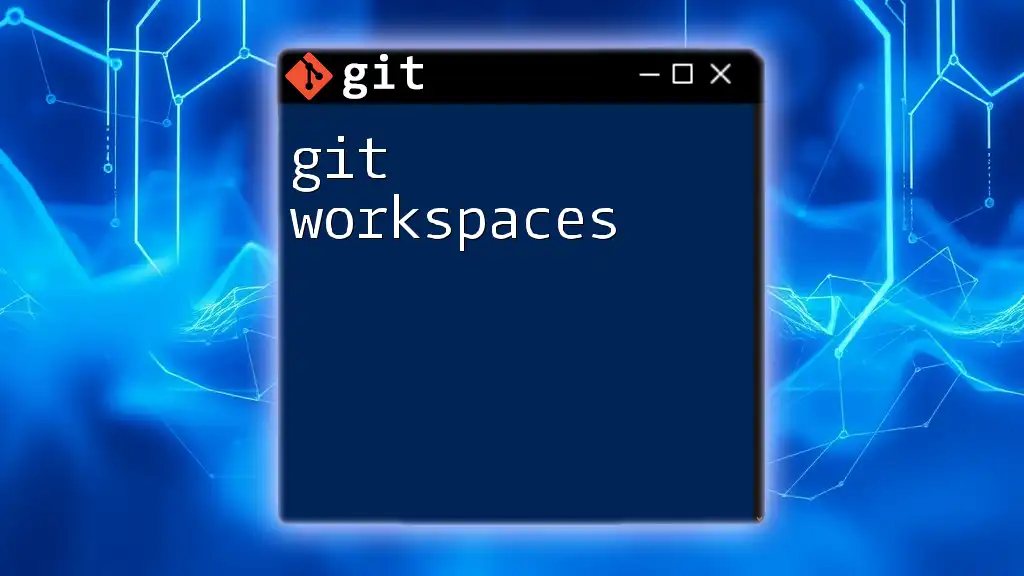
Additional Resources for Learning Git
While Git books are immensely helpful, supplementing your learning with various resources can provide a more rounded understanding.
Online Courses Many platforms offer structured online courses that cover Git, often featuring video lectures and quizzes for interactive learning.
Git Documentation The official Git documentation remains one of the best resources available. It provides thorough explanations and examples directly from the source.
Interactive Learning Platforms Engage with platforms like Codecademy or Pluralsight, which offer hands-on Git practice with real-time feedback, reinforcing the concepts learned from books.
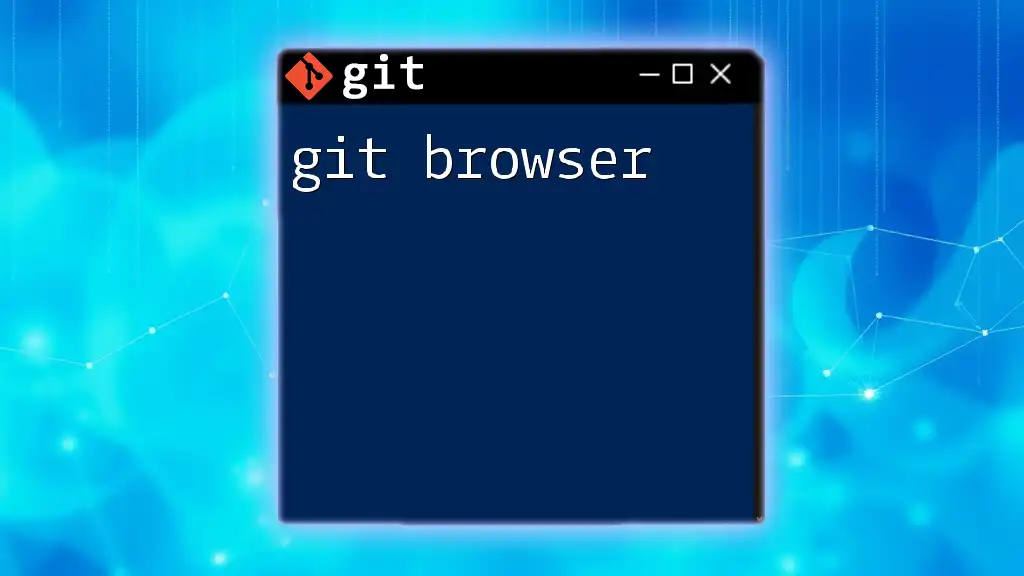
Recap of Key Points
Git books are invaluable resources that cater to all levels of expertise and equip individuals with the knowledge needed to excel in version control. From learning fundamental commands to mastering advanced techniques, readers can significantly enhance their Git skills.
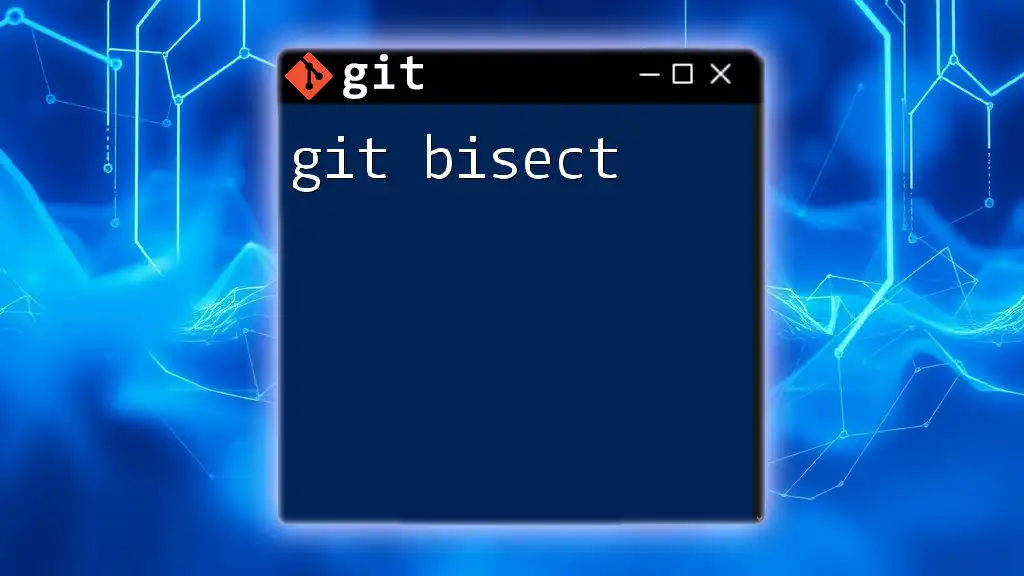
Getting Started with Your Git Journey
Now that you’re well-informed about available Git books, it’s time to choose one that resonates with your learning style and start on your journey to mastering Git. Embrace the world of version control, and you’ll not only become a better developer but also a more effective team collaborator.
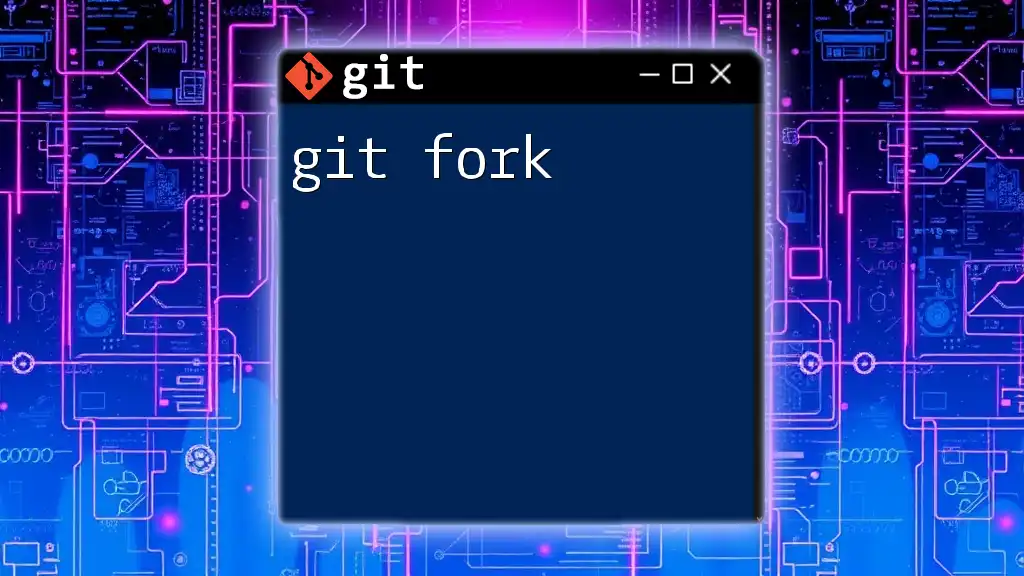
Join Our Git Workshop
To further aid your learning, consider joining our Git workshop, where we provide concise, hands-on training in Git commands. Stay tuned for more tips and resources by subscribing to our newsletter!
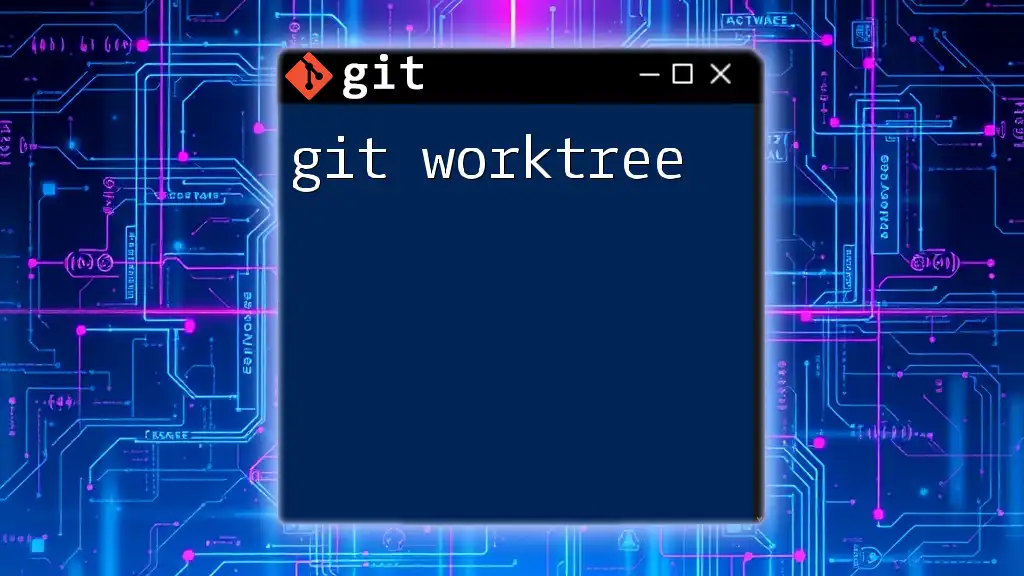
Common Questions About Git Books
Can I learn Git without a book?
Absolutely! Online resources, tutorials, and interactive platforms can significantly aid your learning process.
How often should I practice Git commands while reading?
Consistency is key. Combining reading with practical exercises weekly will reinforce your understanding and application of Git.
Are there Git books for specific programming languages?
Yes, many Git books focus on particular programming environments, emphasizing workflows and tools relevant to that ecosystem.
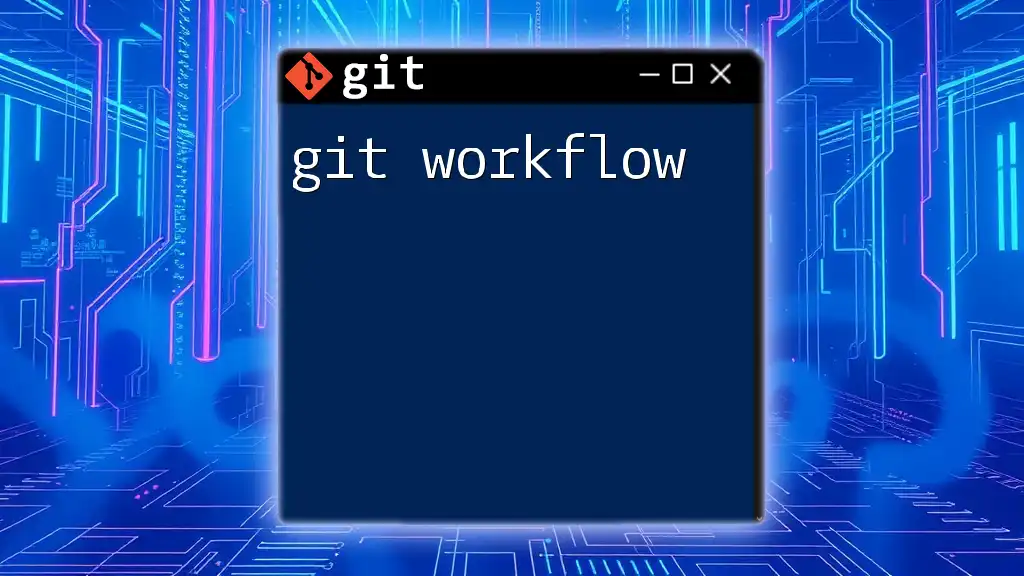
Additional Tips for Prospective Readers
Establish a reading schedule to keep yourself accountable. Balance your book learning with practical exercises, and consider joining online communities for support and discussion. Engaging with others who are also learning Git can greatly enhance your learning experience and provide motivation along the way.

